Benares is named after the city of two thousand temples on the Ganges river in Uttar Pradesh, also called Varanasi. The London location is rather less spiritual: it is on the east side of Berkeley Square, the most expensive real estate in London. It was opened by Atul Kolchar back in 2002, and won a Michelin star in 2007. Since September 2019 it has had as its executive chef Sameer Taneja, who worked in this role here from 2011 to 2015 and more recently cooked at Talli Joe. Mr Taneja has worked in French cuisine as well as Indian. In his career he has also cooked with Pierre Koffmann at Koffmanns, with Joel Antunes at Brasserie Joel, as well as at the Waterside Inn. Originally from Delhi, he worked in India at the Oberoi Rajvillas in Jaipur.
Benares is up a flight of stairs from street level, with a water feature with floating lilies at the top of the stairs, separating a bar area and the main dining room. In these pandemic times, tables are carefully spaced (ours was a good two metres from the next on either side) and separated from nearby tables by large Perspex screens. There was a tasting menu at £98 as well a full a la carte offering, and a three-course set menu at £35 at off-peak times. As will be seen, the menu goes well beyond classic Indian dishes.
The wine list had 306 full-sized bottles and ranged in price from £32 to £4,999, with a median price of £115 and an average markup to retail price of 3.5 times, which is aggressive even by the demanding standards of Mayfair. There were thirteen bottles under £40, with 138 bottles under £100 and there was plenty of choice. 43% of the list was from France, but you could also select wines from Croatia, Canada and India as well as the more usual wine countries. One curious omission was that despite a wide range of champagnes, the list didn’t make room for a single English sparkling wine. Sample references were Waterkloof Circle of Life 2015 at £46 for a bottle that you can find in the high street for £16, Katnook Estate Merlot 2015 at £78 compared to its retail price of £24, and La Rioja Alta Viña Ardanza Reserva 2009 at £99 for a wine that will set you back £28 in the high street. For those with the means there was AntinoriTignanello 2007 at £449 compared to its retail price of £138, and Vega Sicilia Único 2007 at £799 for a wine whose current market value is £321.
After some poppadoms and chutneys we began the meal with a murgh malai tikka shorba, a chicken soup that was laced with Italian autumn truffles and contained croutons made of pav, the Indian mini-loaves that are commonly used in the street food of Mumbai. The soup was extremely impressive, with deep chicken flavour, the croutons delicate and the scent of truffles adding an aromatic note. It is not easy to do something special with soup but this was impressive (16/20).
This was followed by oyster and sea bream chaat served in an oyster shell. As well as the seafood elements (from the company Keltic Seafare, who also supply The Ritz) there were chickpeas, spices and a citrus dressing involving raw mango (16/20). This was another simple yet striking dish, the seafood beautifully balanced by the citrus dressing and lifted by the spices (16/20).Next was samosa ragda tartlet, made with yellow peas, potato, spices, sev, yoghurt chutney, tamarind, mint and coriander, pomegranate seeds and a touch of chilli. The pastry was exceptionally delicate, the sev unusually good and the balance of flavours was lovely (16/20 is probably on the harsh side).
The next course appeared under a smoke-filled dome that was lifted at the table. Blue cheese paneer tikka used Colston Basset Stilton and came with a quince and lime marmalade and some onion rings. I thought that the marmalade was really excellent but for me the Stilton flavour didn’t come through quite as much as expected, and although the smoke added some theatre, I am not sure whether it really added much to the flavour of the paneer, which had reasonable texture (14/20, the score pulled up by the lovely marmalade).
Things went back on course with a baked scallop served in its shell with a rich coconut curry and paratha (fried flatbread) on the side. The scallop was high quality and had good natural sweetness, lightly cooked and working well with the delicate but still vibrant spices in the coconut curry. The paratha was exceptional, being extremely light and fluffy. I have eaten a lot of parathas over the years, but none better than this (16/20).
Turbot from a large (5kg fish) and clams were next with moilee, a coconut sauce along with courgette, cherry tomato and curry leaf oil. The fish had good flavour and was carefully cooked, and the gentle coconut sauce allowed the excellent turbot to speak for itself (15/20). Pindi chole bhature was next, a dish from Rawalapindi, which after the 1947 partition of India is now part of Pakistan. This dish had slow-cooked and tender chickpeas, pickled onion and excellent bhatura on the side. Bhatura is a deep-fried leavened bread that puffs up and is traditional to eat with chickpeas (14/20).
At this point there was a palate cleanser in the form of lemon sorbet on a lemon husk. Palate cleansers are quite an old-fashioned idea and I am not entirely sure that they are necessary, but this was certainly well made and refreshing enough. Next was venison keema with butter pav. The minced venison had deep flavour and a rich blend of spices (15/20). My wife, who doesn’t eat meat, had an excellent substitute, a keema of squid, which was a nod to a famous Pierre Koffmann dish. I thought that this alternative dish was even better than the one that I ate.
Some tableside theatre next with a wild sea bass biryani en croute. The fish along with some quail eggs were cooked along with rice inside a pastry case that was carved at the table. Alongside this was raita and a sauce from the trimmings of fish along with spices, as well as pickled cucumber topped with powdered spices. This was a lovely dish, the pastry delicate, the sea bass excellent and the spicing fragrant and aromatic. I particularly liked the rich, spicy sauce (16/20).
My final savoury course was awadhi dum ka murgh, chicken cooked in a cast iron pot sealed with pastry to retain all the cooking juices. This came with a mild korma sauce, a garnish of onion, coriander, rose petals and chilli and was served with saffron naan bread. The chicken was very carefully cooked, the gentle mix of distinct spices going very well with the chicken (15/20).
Dessert was rasmalai millefeuille. Rasmalai is a popular dish in eastern India, a kind of cheesecake without a crust involving boiled milk and lemon juice. The rasmalai itself was very good, and benefitted from the addition of mango and pistachios, the former providing useful acidity to cut through the richness (15/20). We also tried a rich chocolate fondant with a suitably gooey liquid centre, served with white chocolate sorbet and cardamon (14/20).
Service was extremely good, the dishes arriving at a steady pace. I was being treated tonight and didn’t see a bill, but if you went a la carte then a realistic cost per person might be around £95. The meal tonight was really impressive, a tour de force showing considerable kitchen skills in some unusual and really successful dishes. Sameer Taneja has definitely lifted the cooking up a gear compared to when I ate here just after he arrived. The standard was very high, and Benares is now up there with the very best Indian food in the capital.
Further reviews: 16th Mar 2025 | 24th Aug 2023 | 12th Aug 2021 | 28th Sep 2019 | 06th Apr 2016 | 01st Jan 2008 | 01st May 2003



















































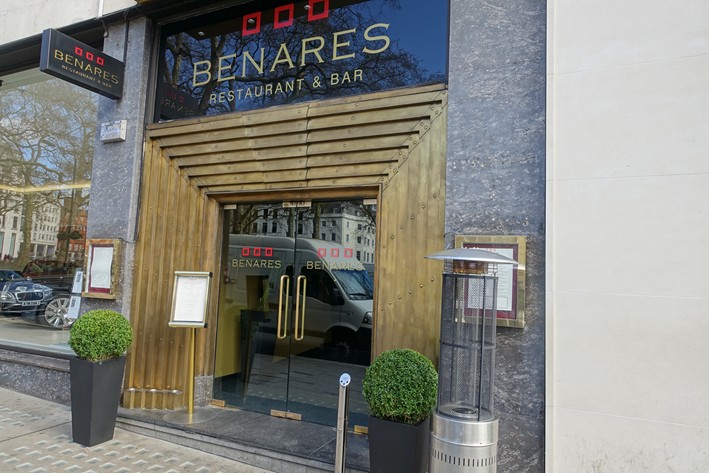

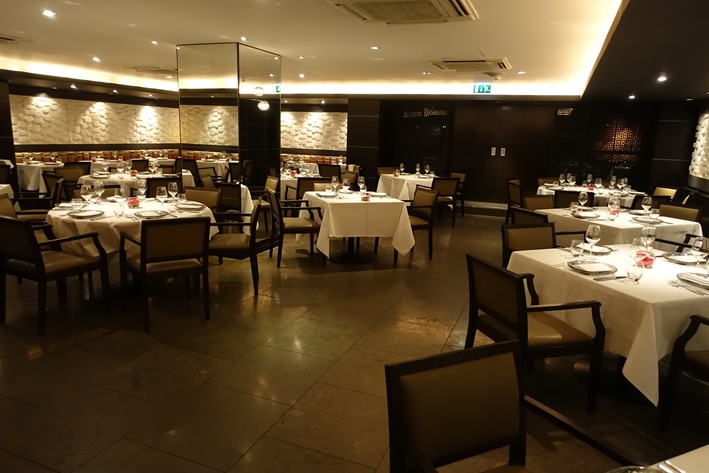
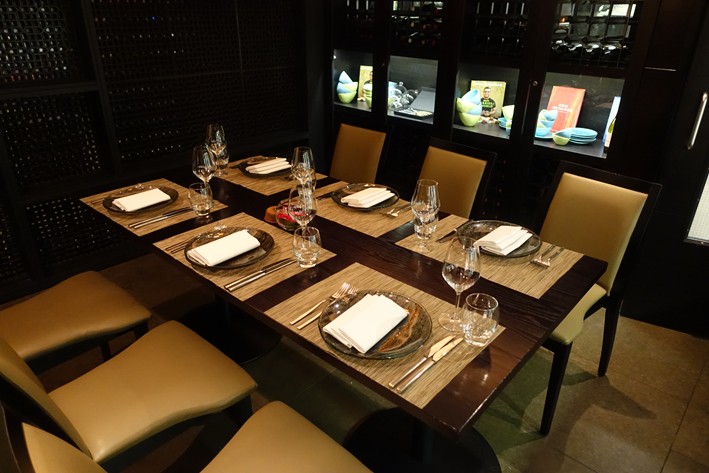

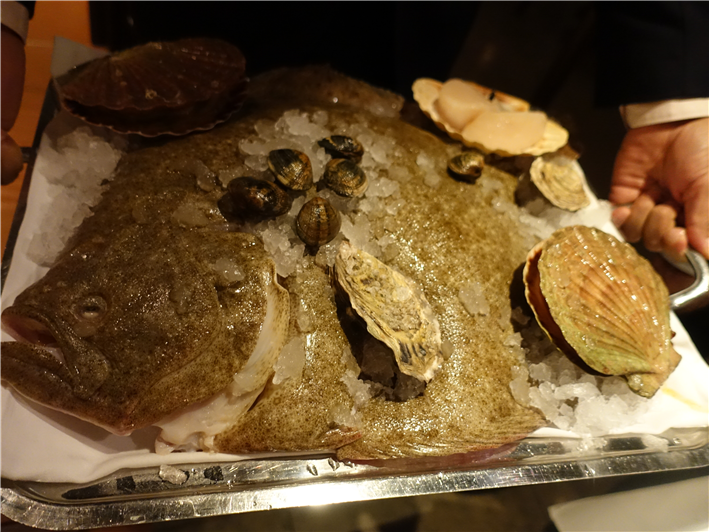

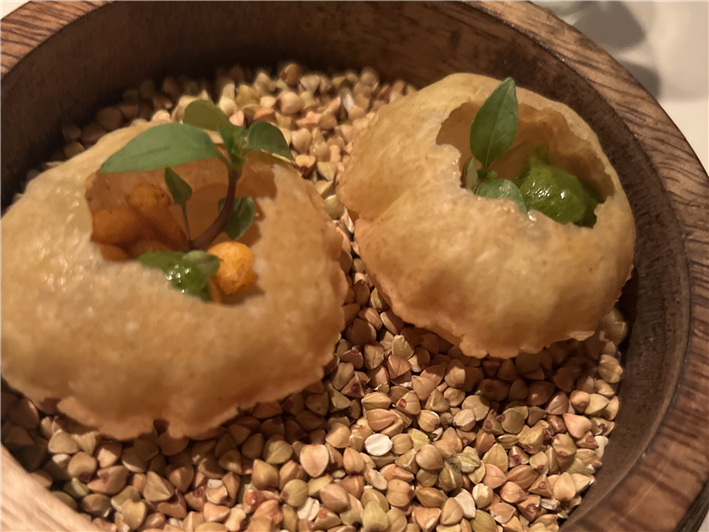
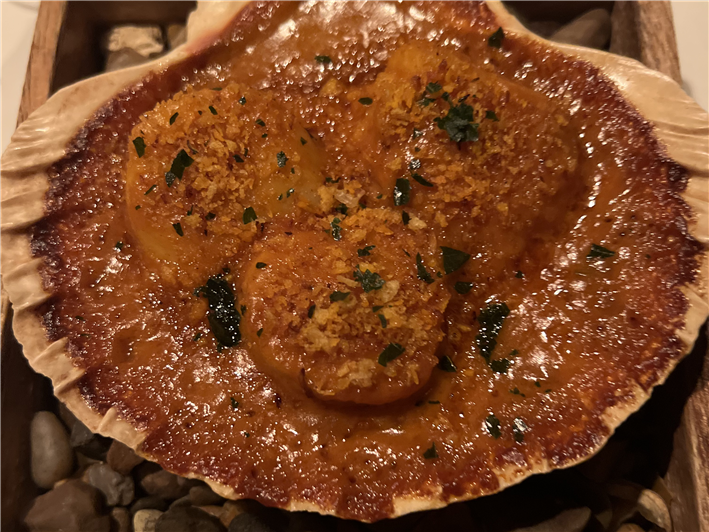
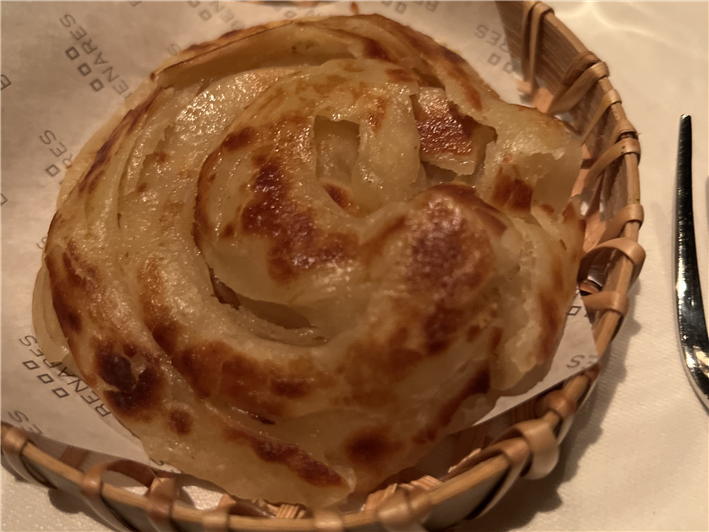
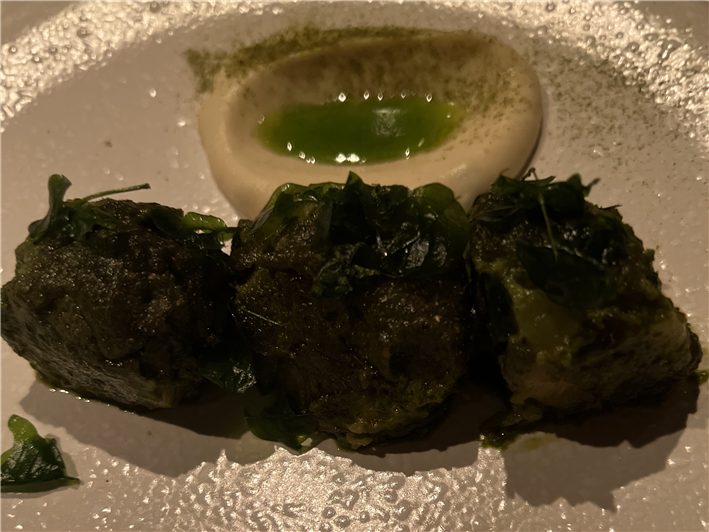
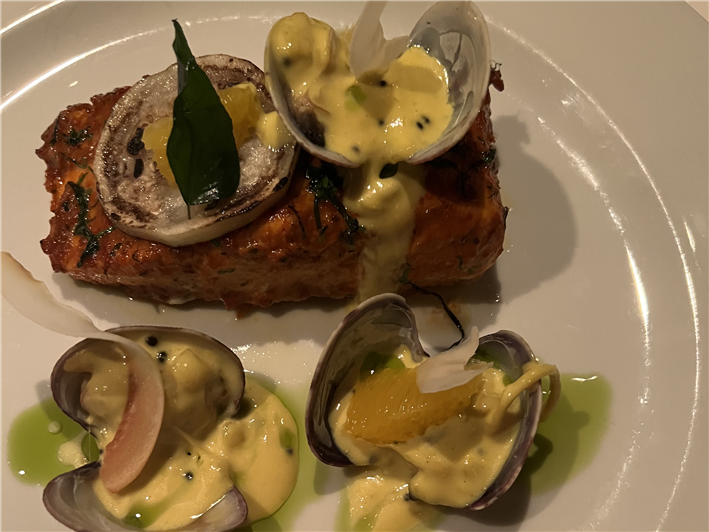

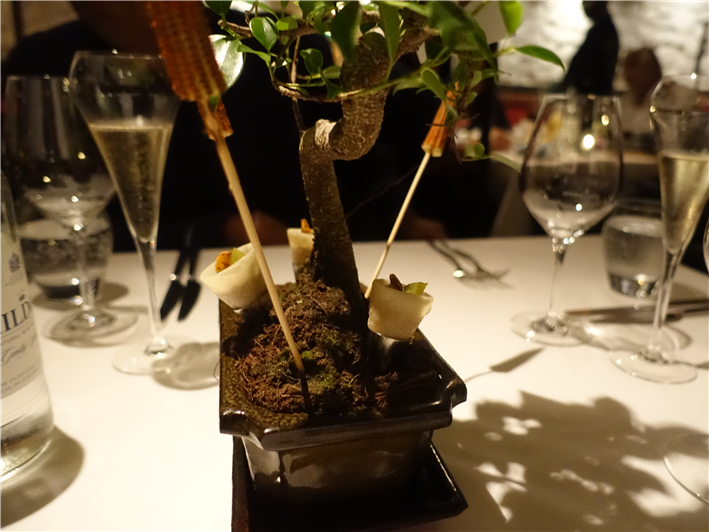

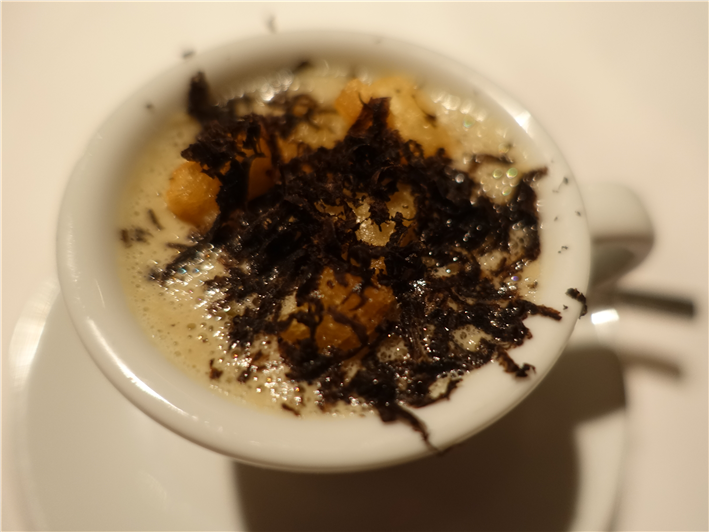
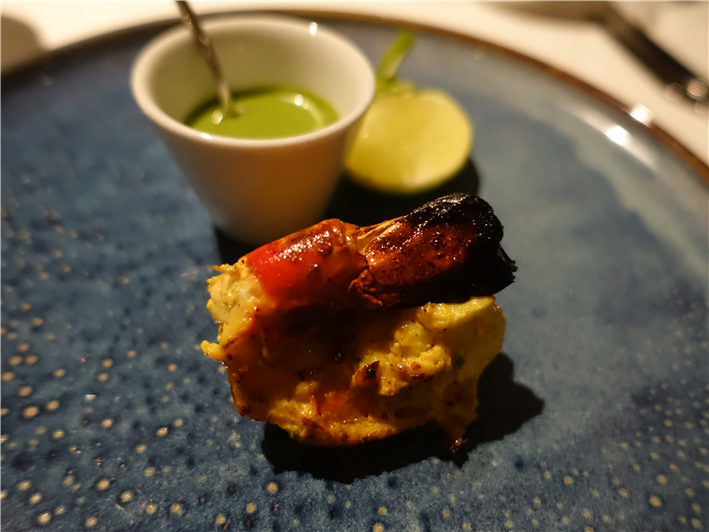
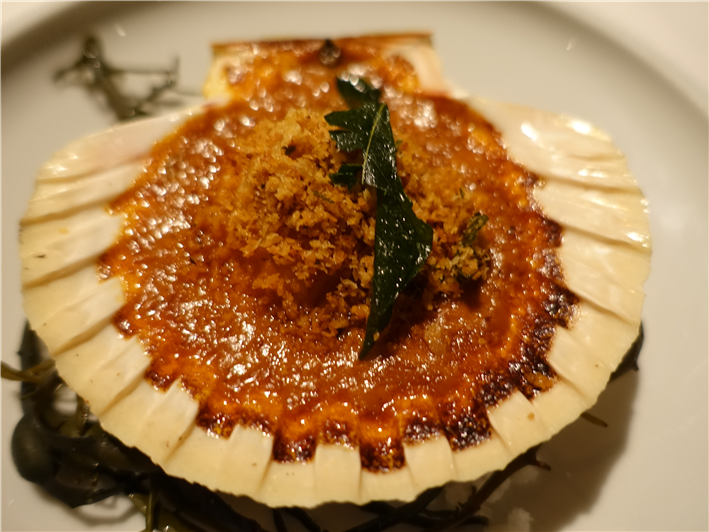
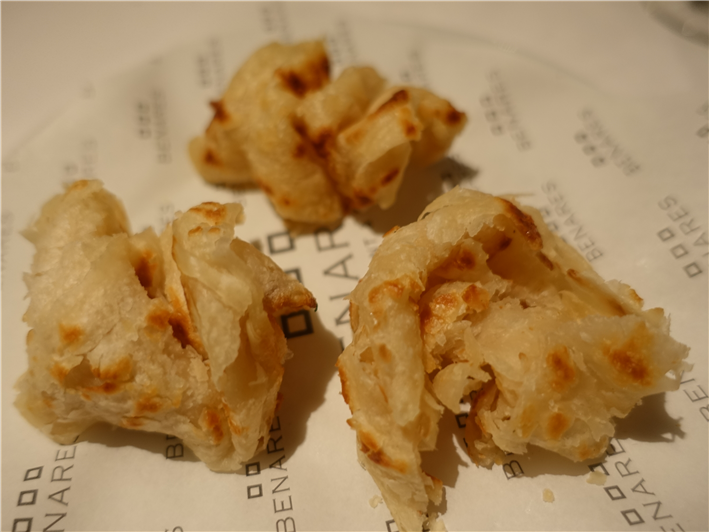
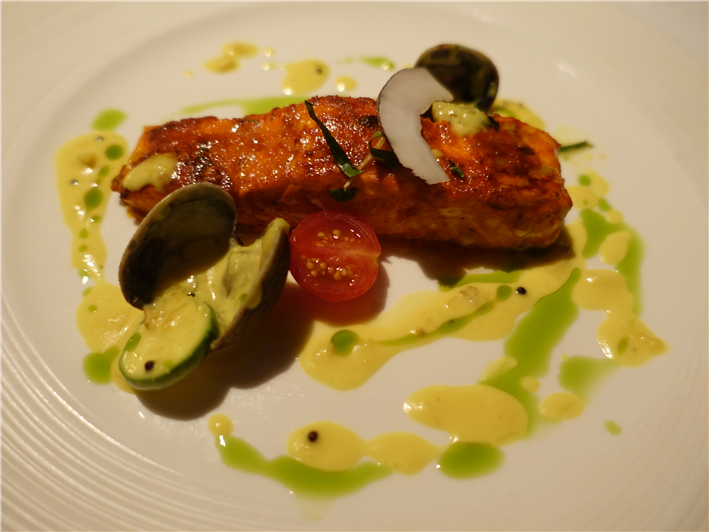
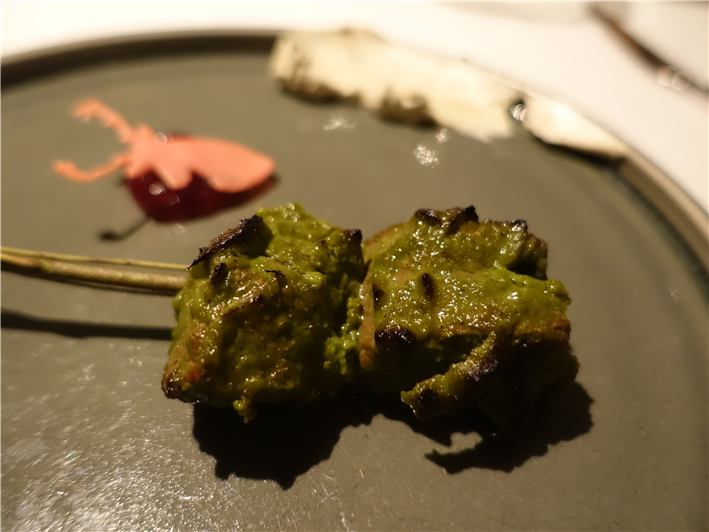
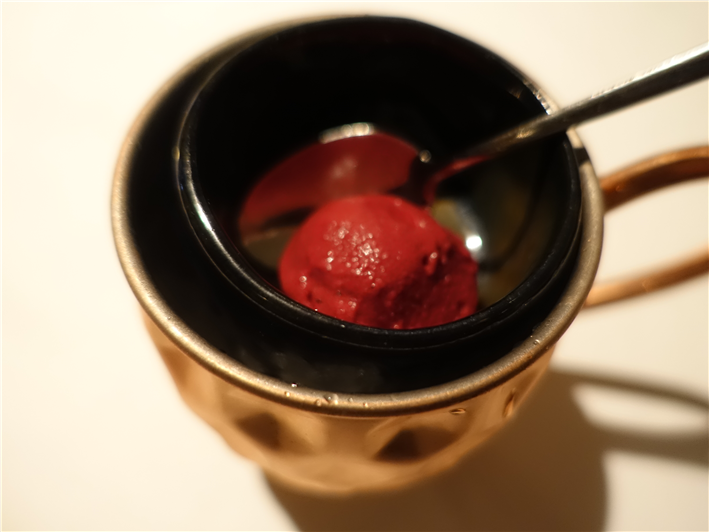
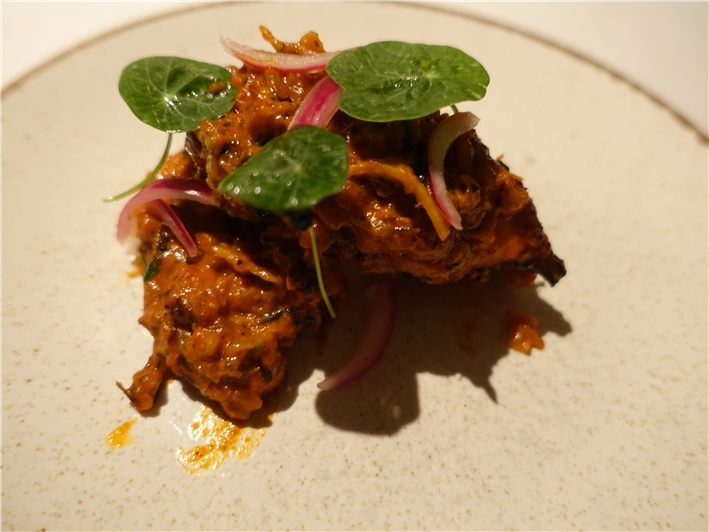

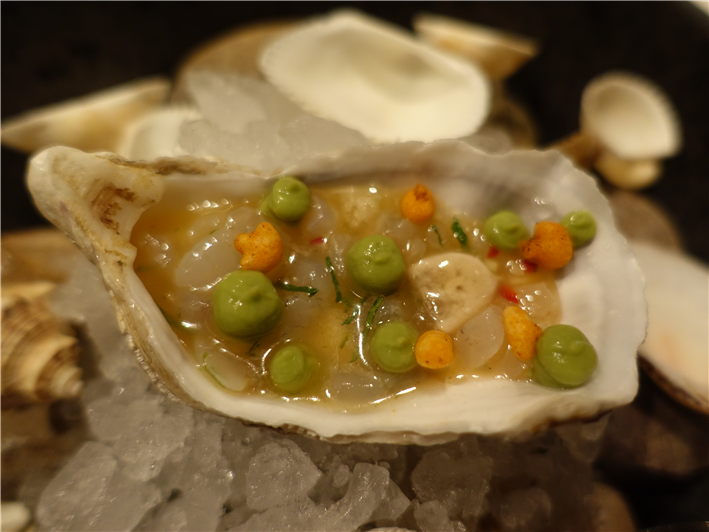
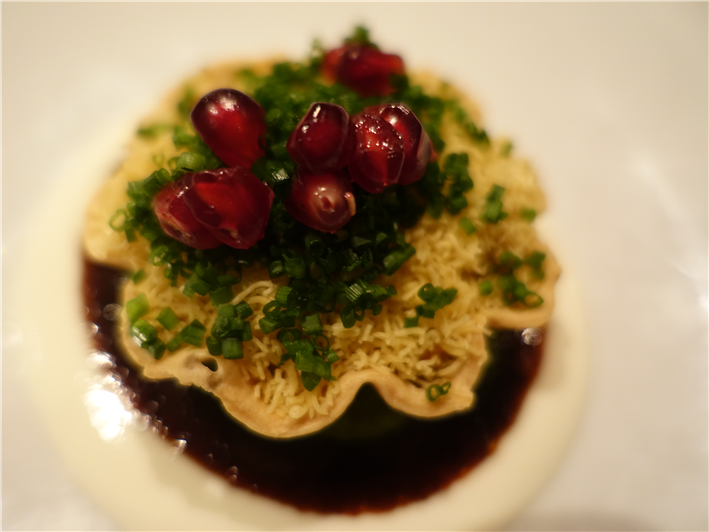
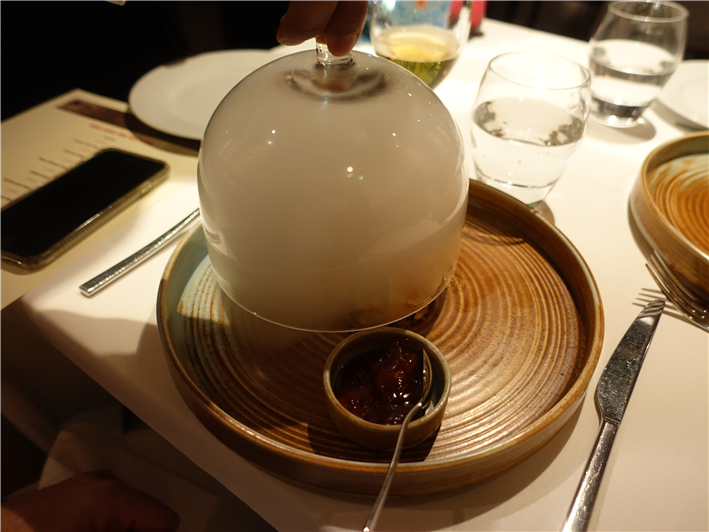
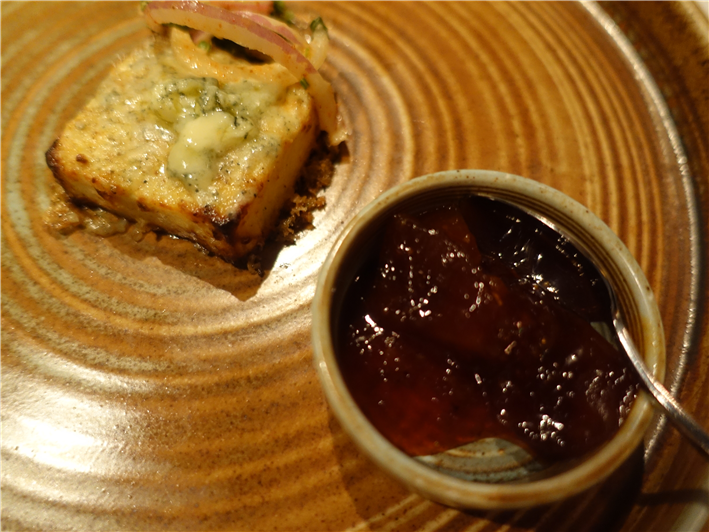

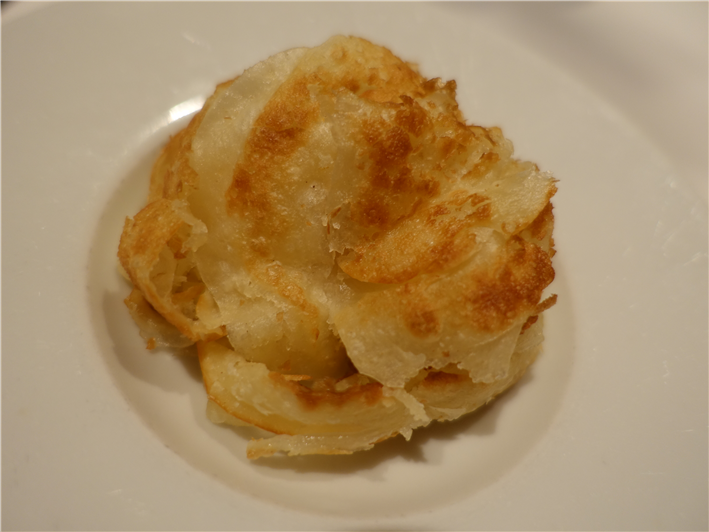
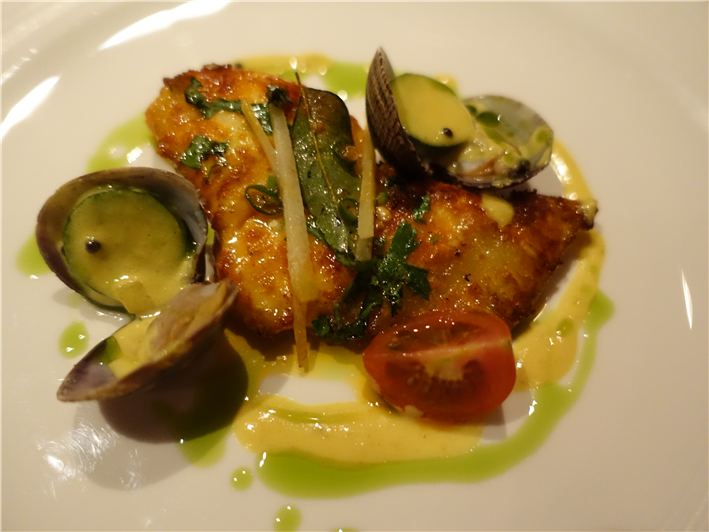
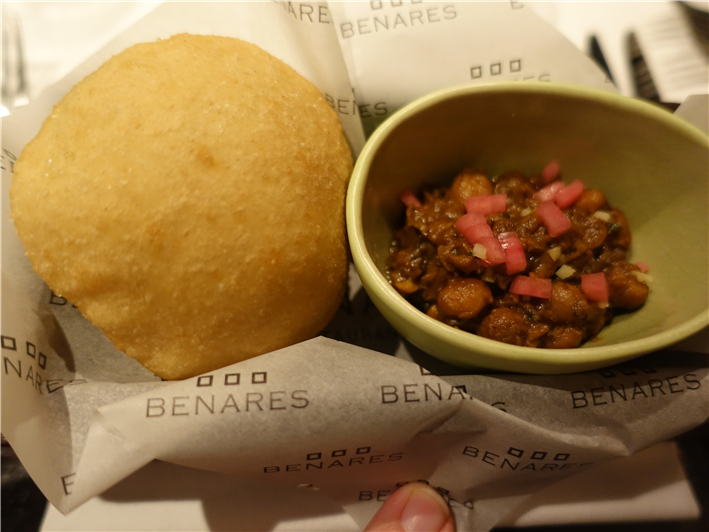
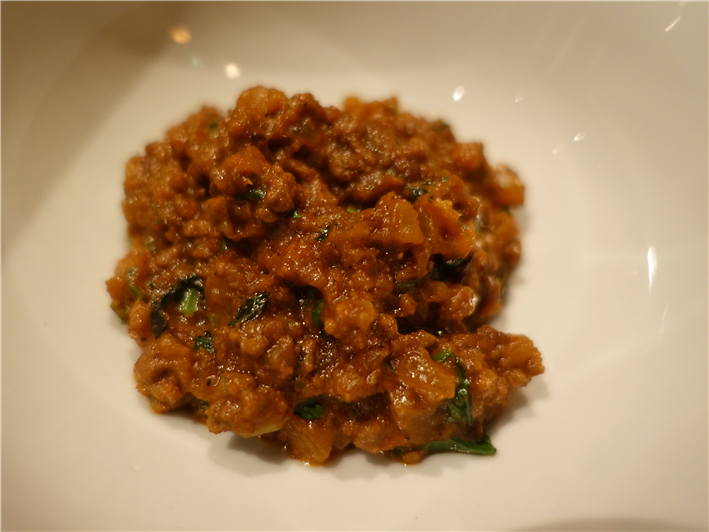
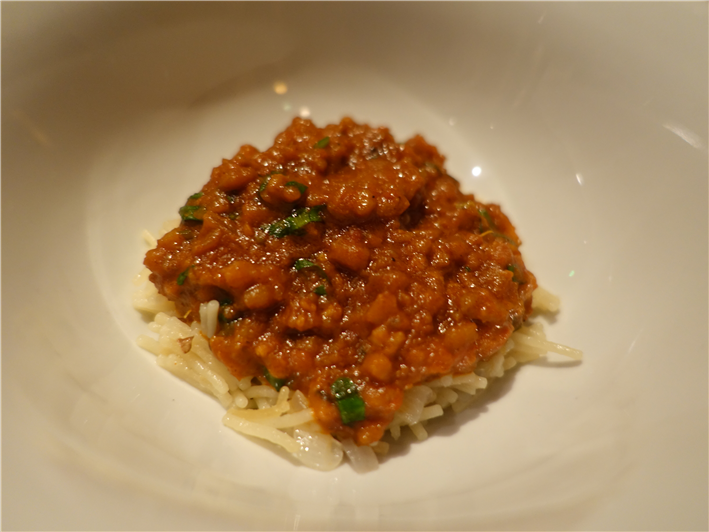

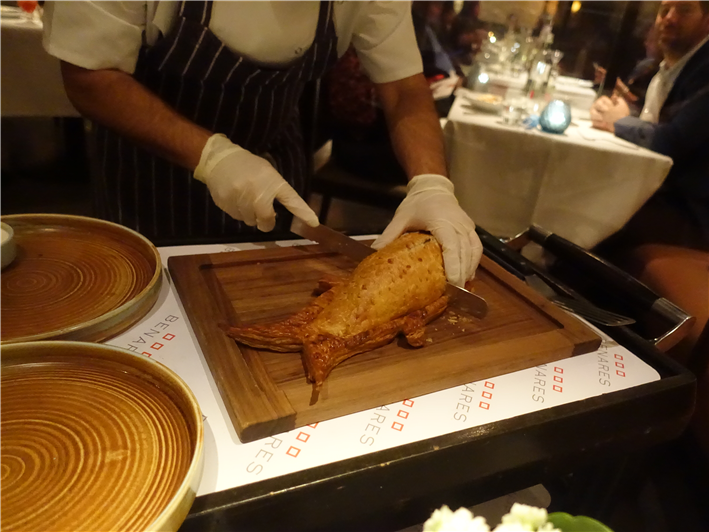
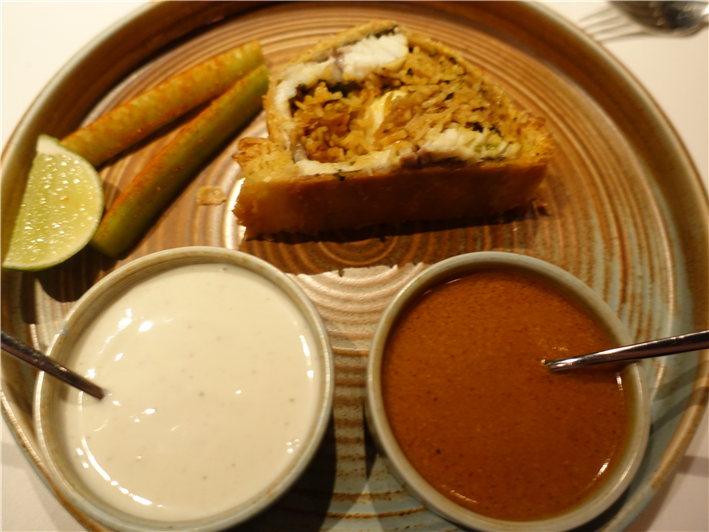


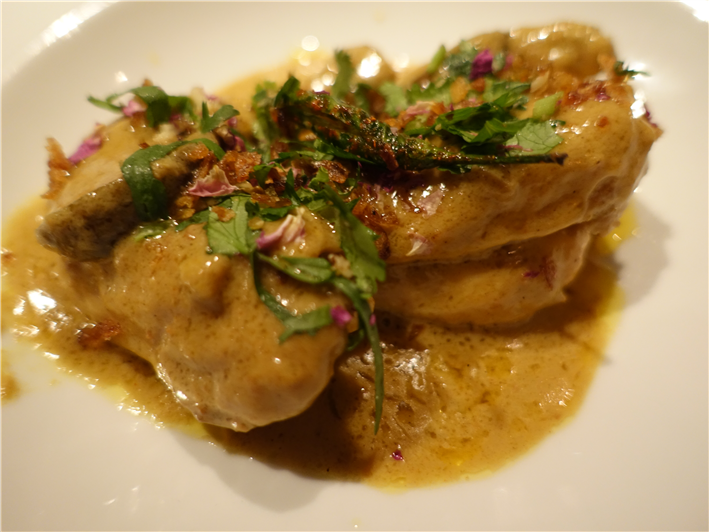
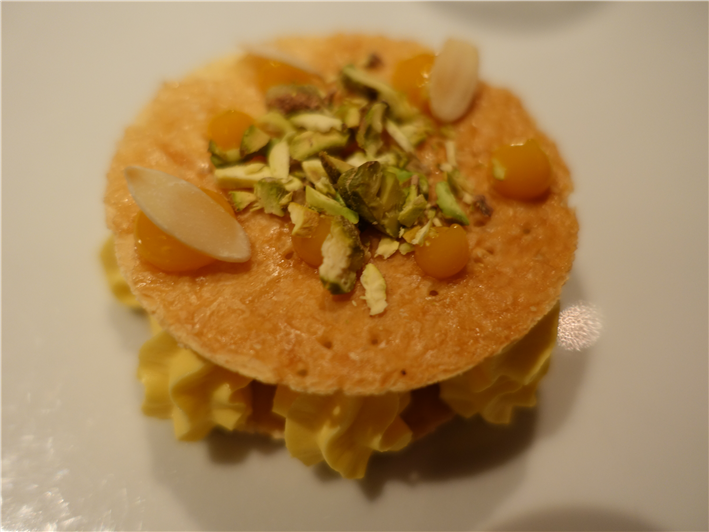
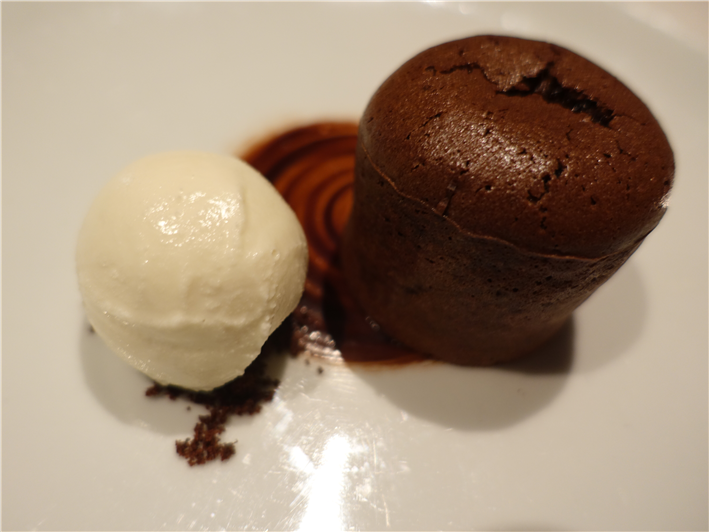
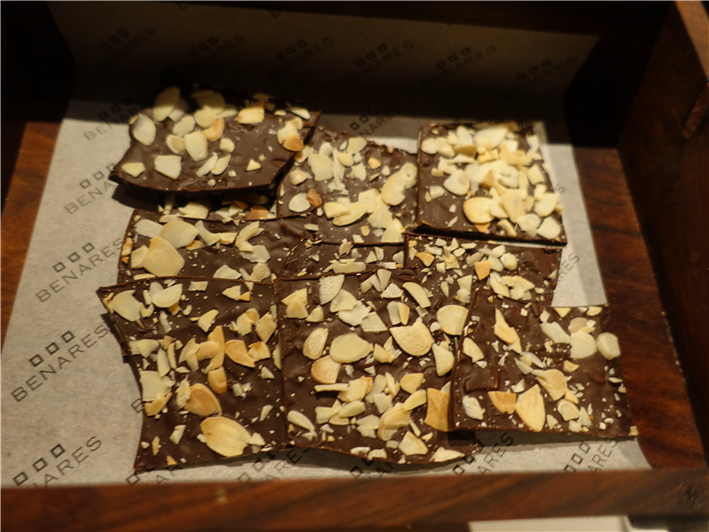
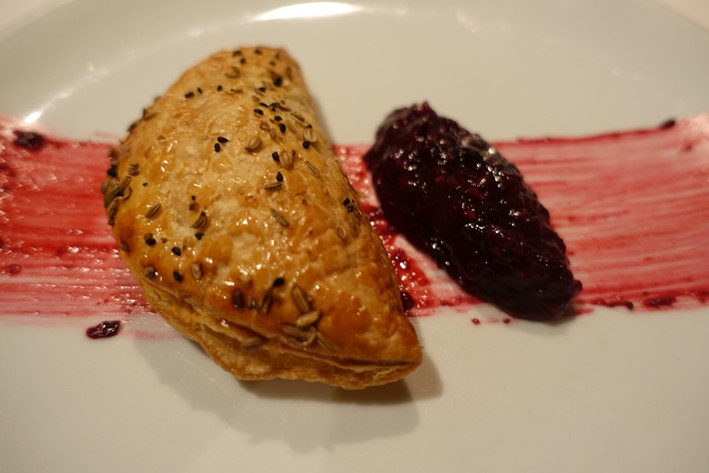
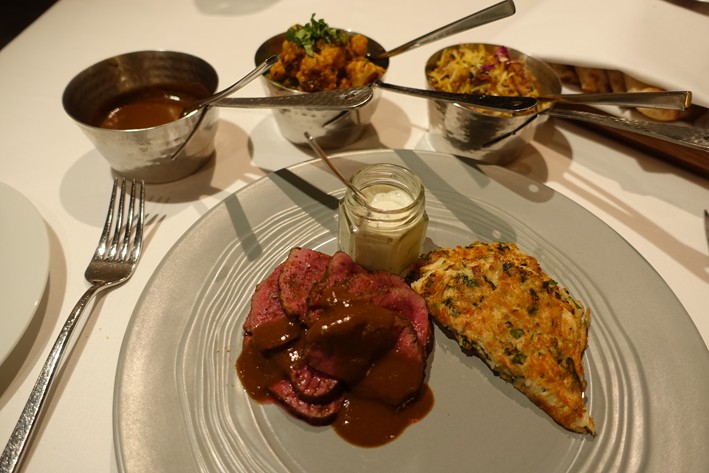
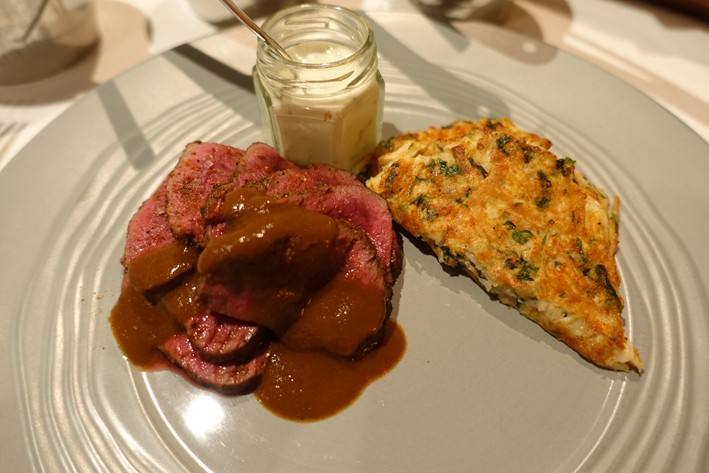
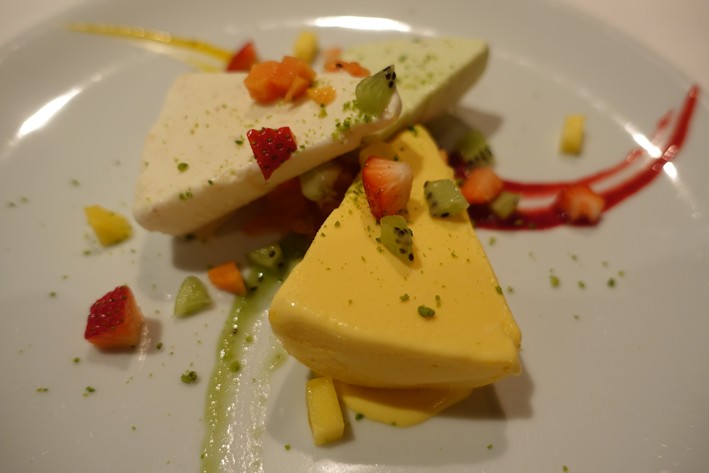
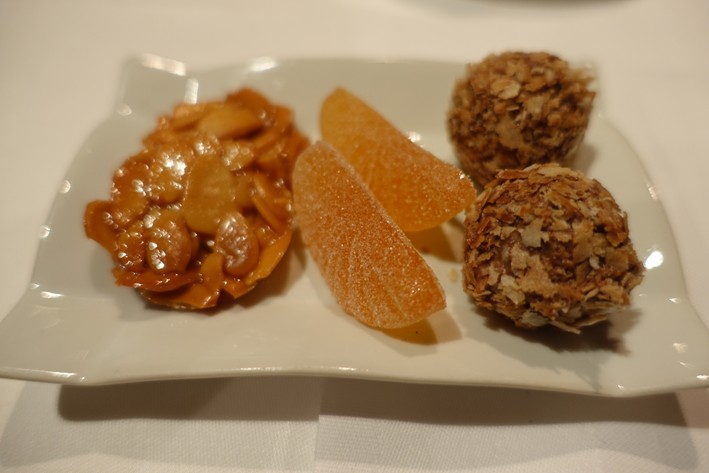

Add a comment
Thank you for submitting your comment, this will be checked and added to the website very soon.
User comments